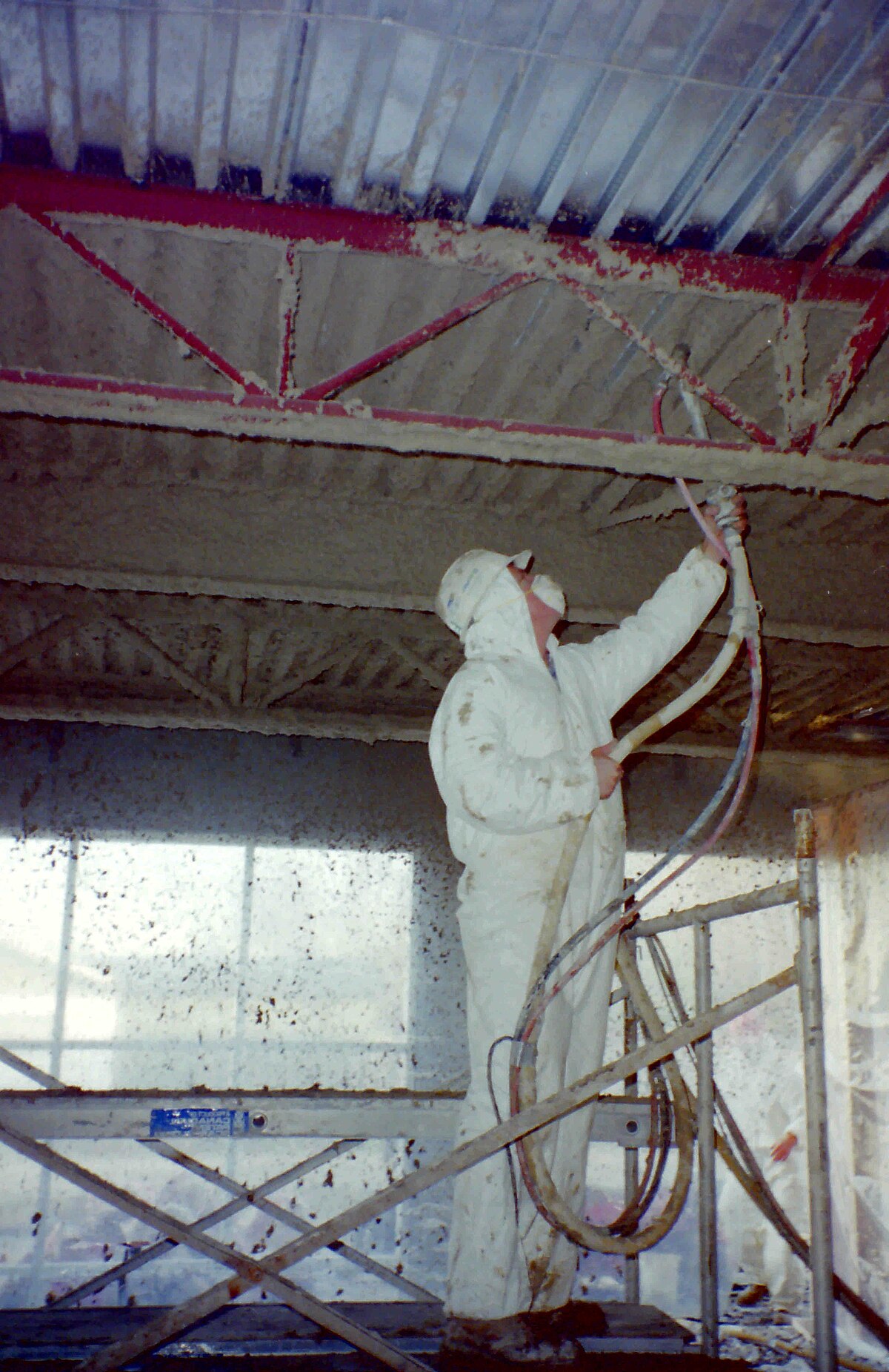When it comes to interior wall construction, drywall has long been the go-to material for builders and homeowners alike. However, as the demand for innovative building solutions grows, many are asking, “Can I use plywood instead of drywall?” This question opens the door to a deeper exploration of the advantages and disadvantages of both materials, as well as their suitability for various applications. In this article, we will delve into the characteristics of plywood and drywall, their respective benefits, and the scenarios in which one might be preferred over the other.
Understanding the Basics: Plywood and Drywall
Plywood is a manufactured wood panel made from thin layers of wood veneer that are glued together. This cross-laminated structure provides strength and stability, making plywood a versatile material used in everything from flooring to cabinetry.
Drywall, also known as gypsum board or plasterboard, consists of a core made of gypsum sandwiched between two sheets of heavy paper. It is primarily used for interior walls and ceilings due to its fire-resistant properties and ease of installation.
Advantages of Using Plywood
- Durability and Strength: Plywood is known for its robustness. It can withstand impacts better than drywall, making it an excellent choice for high-traffic areas or spaces prone to wear and tear, such as workshops or garages.
- Moisture Resistance: Certain types of plywood, such as marine-grade plywood, offer superior moisture resistance compared to standard drywall. This makes plywood a viable option in areas with high humidity, such as bathrooms or basements.
- Aesthetic Appeal: Plywood can provide a unique, rustic aesthetic that drywall cannot. It can be left exposed or finished with stains and paints, allowing for creative interior design options.
- Ease of Installation: While drywall requires taping and mudding to achieve a smooth finish, plywood can be installed quickly and easily, often requiring less finishing work.
Disadvantages of Using Plywood
- Cost: Plywood can be more expensive than drywall, especially when considering high-quality or specialty grades. This can be a significant factor for large-scale projects.
- Fire Resistance: While plywood can be treated for fire resistance, it generally does not match the inherent fire-resistant properties of drywall, which can be a critical consideration in residential construction.
- Sound Insulation: Drywall provides better sound insulation than plywood, making it the preferred choice for residential applications where noise reduction is a priority.
When to Choose Plywood Over Drywall
While drywall is often the standard choice for interior walls, there are specific scenarios where plywood may be the better option:
- Workshops and Utility Spaces: In areas where durability is paramount, such as workshops, garages, or utility rooms, plywood can withstand the rigors of daily use better than drywall.
- Creative Design Projects: For those looking to achieve a unique aesthetic, plywood can serve as a striking design element, whether used as an accent wall or in custom cabinetry.
- Moisture-Prone Areas: In spaces like bathrooms or basements, where moisture can be a concern, moisture-resistant plywood can be a more suitable choice than traditional drywall.
Conclusion: Making the Right Choice
In conclusion, the question, “Can I use plywood instead of drywall?” does not have a one-size-fits-all answer. Both materials have their unique advantages and disadvantages, and the choice ultimately depends on the specific requirements of your project. For durability, moisture resistance, and aesthetic appeal, plywood can be an excellent alternative to drywall in certain applications. However, for standard residential construction where fire resistance and sound insulation are priorities, drywall remains the preferred choice.

